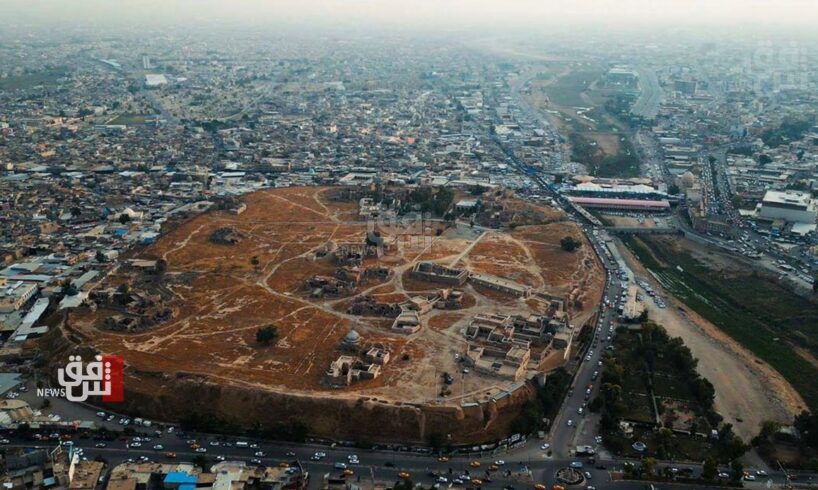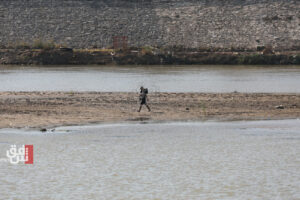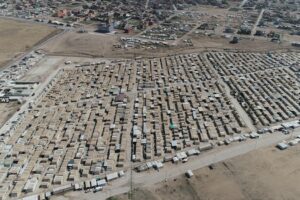
2025-07-18T23:17:54+00:00
font
Enable Reading Mode
A-
A
A+
Shafaq News – Kirkuk
The Kirkuk Citadel and the Ottoman-era Qishla, two of the
city’s most prominent historical landmarks, are set to undergo the largest
restoration project in Kirkuk’s history, the Directorate of Antiquities and
Heritage announced on Friday.
The project, backed by 30 billion Iraqi dinars
(approximately $20 million) in government funding, is part of a broader effort
to preserve the city’s cultural identity and boost its tourism sector.
The Kirkuk Citadel is one of the oldest archaeological sites
in northern Iraq, with a history spanning over 3,000 years and linked to
civilizations such as the Assyrians, Babylonians, Sasanians, and Ottomans. The
Qishla, built during the Ottoman period as a military and administrative
center, still retains much of its architectural character despite years of
neglect.
Raaed Akla al-Obaidi, director of the Antiquities Department
in Kirkuk, told Shafaq News that the project follows official approvals from
the Ministry of Culture, Tourism, and Antiquities. The ministry emphasized that
renovation work must be handled by a specialized firm with solid experience in
restoring historical structures to ensure the preservation of the Citadel’s
original arches, decorations, and architectural details.
Obaidi noted that companies from Turkiye, Iraq, and Egypt
have submitted bids for the restoration work. A technical committee will review
these proposals and select the most suitable according to international
heritage preservation standards. The directorate has completed all technical
and engineering assessments for the Qishla building and submitted them to the
ministry in Baghdad to allocate the necessary funds.
The project’s financing will come from emergency
allocations, as confirmed by the Minister of Culture in recent meetings with
provincial heritage officials.
“All technical and administrative requirements for the
Citadel’s rehabilitation have also been completed,” Obaidi said. The
restoration will include key landmarks within the complex, such as the church,
mosques, religious schools, traditional houses, gates, fortress walls, and the
“Green Dome.” According to recent assessments, these structures require between
40% to 70% restoration work.
Sarmad Mohammed Jameel, head of Kirkuk’s Tourism
Directorate, told Shafaq News that the Citadel and the Qishla are not merely
old stone buildings but represent the cultural and historical identity of
Kirkuk, reflecting the legacy of successive civilizations from the Sumerians
and Assyrians to the Ottomans.
He added that the project’s success would directly support
the local tourism industry by attracting visitors from across Iraq and abroad.
Jameel said, “Revitalizing these heritage landmarks would
help restore Kirkuk’s historic stature and pave the way for cultural festivals,
art exhibitions, and traditional markets within the Citadel and Qishla.”These
developments are expected to stimulate the local economy and generate new job
opportunities.
Ali Shakir, a historian and academic, told Shafaq News that
the Citadel and Qishla are central to the city’s collective memory. Restoring
them according to international standards, he said, could help Kirkuk regain
some of its lost cultural vibrancy. He emphasized that these landmarks are not
“silent stones” but living testimonies to the coexistence of Kirkuk’s ethnic
and religious communities.
Shakir added that the Qishla, with its distinct Ottoman
architecture, could be repurposed into a cultural center, museum, or tourist
site that connects younger generations to their city’s past, helping raise
public awareness about the importance of preserving heritage.





